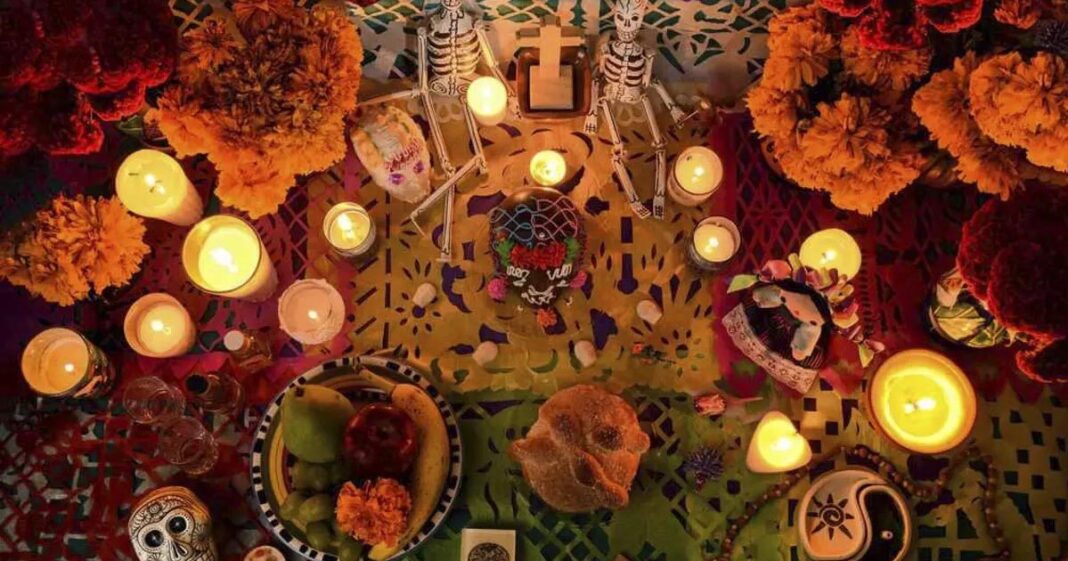
Every culture has its unique traditions, some of which may seem bizarre to outsiders. While many ancient customs have faded over time, some peculiar rituals are still actively practiced today, often holding deep spiritual, religious, or cultural significance. From fire-walking in India to unusual coming-of-age ceremonies, here’s a look at some of the weirdest traditions still in existence.
- Thaipusam Festival (India and Malaysia)
One of the most visually shocking Hindu festivals, Thaipusam, is celebrated predominantly by Tamil communities in India and Malaysia. Devotees pierce their skin, cheeks, and tongues with metal skewers or hooks while carrying ‘Kavadis’—decorated wooden structures—as a mark of devotion to Lord Murugan. Many claim to enter a trance-like state, feeling no pain as they march for miles to fulfill their vows. While the practice may seem extreme, devotees believe it brings them closer to spiritual enlightenment.
- The Fire-Walking Festival (India)
Fire-walking is a centuries-old Hindu ritual still practiced in parts of Tamil Nadu and Karnataka, particularly during the festival of Thimithi. Devotees walk barefoot across a bed of burning embers to demonstrate their faith and devotion to Goddess Draupadi. Surprisingly, many participants emerge with little to no burns, which believers attribute to divine intervention. This ritual is a testament to the power of faith and mental strength.
- Nag Panchami: Worshiping Live Cobras (India)
Every year, on Nag Panchami, thousands of devotees across India worship live cobras, offering them milk, turmeric, and flowers. The festival is rooted in Hindu mythology, where serpents are revered as sacred beings. In certain villages in Maharashtra and Karnataka, snake charmers bring out cobras, and devotees seek blessings, believing it will protect them from snakebites and misfortune.
- Sky Burials (Tibet)
While not an Indian tradition, Sky Burials in Tibet are among the most unusual funeral practices in the world. Instead of cremating or burying the dead, the bodies are dismembered and left on mountaintops to be consumed by vultures. This practice aligns with Buddhist beliefs in the impermanence of life and the cycle of rebirth. It is considered a final act of generosity, as the deceased’s remains sustain another life form.
- Baby Tossing Ceremony (India)
One of the most controversial and rare traditions still practiced in parts of Karnataka and Maharashtra is the baby tossing ritual. Infants, usually under two years old, are dropped from a height of 30-50 feet onto a cloth held by devotees below. The ritual is believed to bring good luck, health, and prosperity to the child. While it has drawn criticism from child welfare groups, locals strongly defend it as a centuries-old custom.
Indian Achievers Who Embraced Tradition and Made History
Despite some unusual customs, Indian culture has produced remarkable individuals who have upheld traditions while achieving global recognition. Here are two notable examples:
Kiran Kumar Nayak – Master of Fire-Walking
Kiran Kumar Nayak, from Karnataka, holds the record for longest fire-walk, covering over 250 feet in 2017. He attributes his success to his unwavering faith and mental discipline. His feat was recognized by the Limca Book of Records, inspiring many to view traditional rituals as a source of strength rather than fear.
Padma Shri Awardee Ramachandran – The Thaipusam Devotee
A well-known social worker and a devoted Thaipusam participant, Ramachandran Pillai has used his spiritual journey to raise awareness about mental strength and resilience. Despite undergoing the extreme piercing ritual for years, he has simultaneously worked for underprivileged communities, earning him India’s prestigious Padma Shri Award in 2018.
The Debate: Rituals or Superstitions?
While many see these traditions as integral to cultural and religious identity, critics argue that some of them promote superstition or even pose safety risks. Over the years, authorities and activists have campaigned to regulate extreme rituals, especially those involving children. However, devotees insist that these customs are sacred and should be preserved.
Conclusion: Tradition in a Changing World
Bizarre or not, these rituals represent centuries of history, faith, and communal bonding. As the world modernizes, societies must strike a balance between preserving cultural heritage and ensuring ethical practices. What seems strange to one may be sacred to another, proving that tradition is truly in the eye of the beholder.





